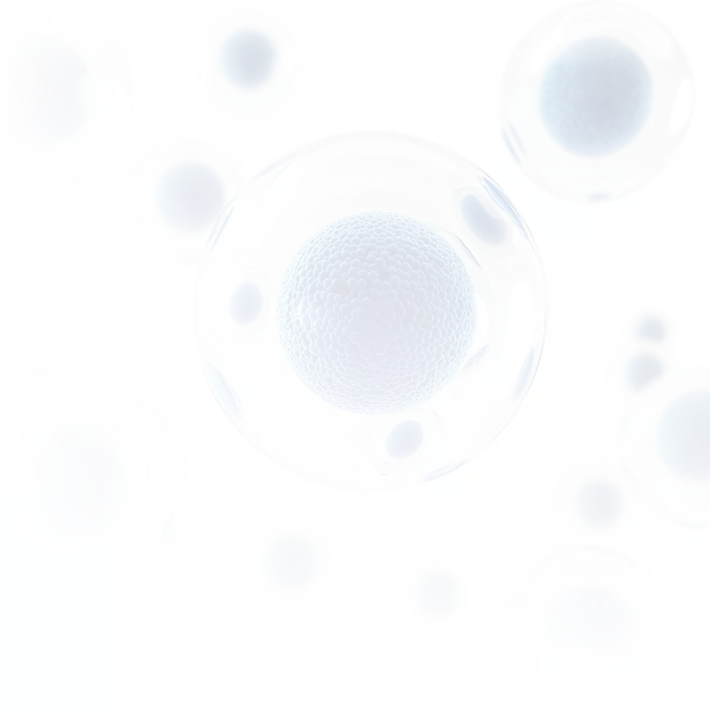
Hangzhou Vanderfor Medical Equipment Co., Ltd.
Hangzhou Vanderfor Medical Equipment Co., Ltd. is located in Hangzhou, Zhejiang Province, a beautiful water town in the south of China. The company now covers an area of more than 60 acres and has a factory building of over 60,000 square meters. The production workshops are divided into injection molding workshop and clean assembly workshop, with an injection molding workshop of 660 square meters and a clean assembly workshop of 1,500 square meters, designed and constructed in accordance with the national clean room requirements for pharmaceutical industry, including D-level, C-level, and local A-level clean areas. The laboratory occupies an area of 140 square meters, and the warehouse covers about 1,000 square meters.
 Watch Video
Watch Video

Our Advantages
Honesty, harmony, pragmatism, efficiency, innovate.
We fully grasp the composition of products and production processes,track the products and produce a wide variety of products,good mechanical processing performance comes from our precise grasp of the machinery and technology related to production.
-
6000m²
Factory Area
-
200+
Staff
-
100+
exporting country
Cooperation Cases
Products symbol comply with the requirements of the EuropeanPharmacopoeia (EP) and the United States Pharmacopoeia (USPIV).
Honor
Products symbol comply with the requirements of the EuropeanPharmacopoeia (EP) and the United States Pharmacopoeia (USPIV).

Testing Center
We have a series of testing centers to ensure the safety of our customers' products.Before conducting the sealing test, the infusion device should be properly pre-treated, such as cleaning and drying, to ensure the accuracy of the test results. During the test, the test conditions, such as temperature and pressure, should be strictly controlled to avoid the influence of external factors on the test results.-
Physical Test
1.Compressive Strength:The product can withstand a pressure of 100kg for 30 minutes without any rupture,leakage or deformation;
2.High temperature resistance: When stored at 125℃ for 24 hours, there is no deformation or rupture;
3.Cold resistance: When stored at -20℃ for 24 hours, there is no deformation or rupture. -
Chemical Test
1.Solvent analysis: Measures the total amount of chemical substances released by the test material after contact with the liquid, ensuring that the drug is not contaminated.
2.Heavy metal residues: Tests the content of harmful elements such as lead and cadmium to avoid health risks caused by long-term use.
3.Additive migration: Evaluates the amount of plasticizers (such as DEHP) released, without DEHP, in compliance with FDA standards.
4.pH stability: Verifies the pH variation range (±0.5) of the material during storage to ensure the stability of drug compatibility.
5.Chloride release: Controls the electrolyte contamination, in compliance with safety standards for plastic products used in medical equipment. -
Bioassay Test
1.Cytotoxicity test:The inhibitory rate of the material extract on L929 cells was evaluated using the MTT method, and the toxicity level of the material was determined according to the USP standard.
2.Skin sensitization test:Testing whether the material causes allergic reactions through guinea pig models or human cell lines ensures the skin safety during clinical use.
3.Blood compatibility test:The verification materials will not cause hemolysis, coagulation or release of harmful substances when in contact with blood, and they comply with the requirements of USP standard. -
Sealing Test
1.Positive pressure leakage test: Seal one end of the infusion device, immerse it in water at 20-30℃, apply an internal pressure 50 kPa higher than atmospheric pressure, and maintain this pressure for 15 seconds. The qualified standard: Within the specified test time, the internal pressure of the infusion device does not drop beyond the allowable range, meaning there is no gas leakage.
2.Negative pressure leakage test: Pour distilled water without bubbles into the infusion device, connect it to a vacuum device, and subject it to a pressure of -20 kPa at (23 ± 1)℃ and (40 ± 1)℃ (with atmospheric pressure as the reference pressure). The qualified standard: Within the specified test time, no air should enter the infusion device, meaning the infusion device should maintain good sealing performance.


















